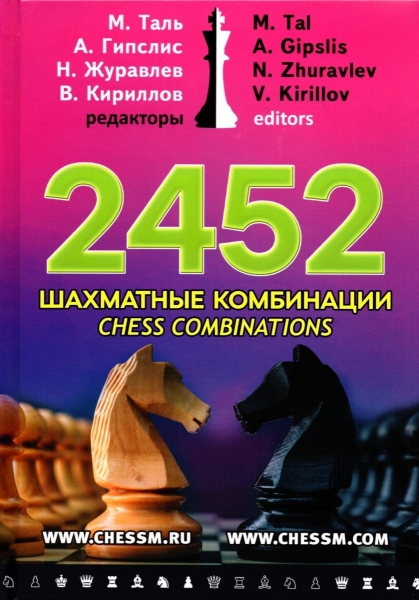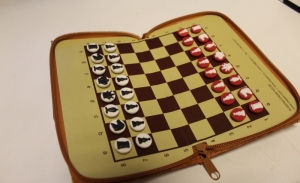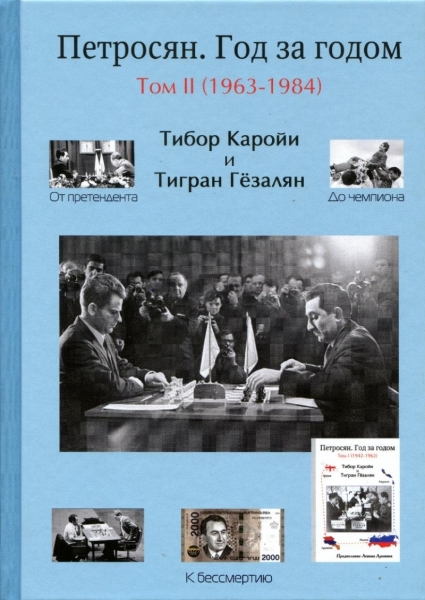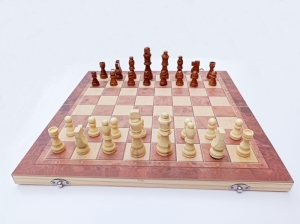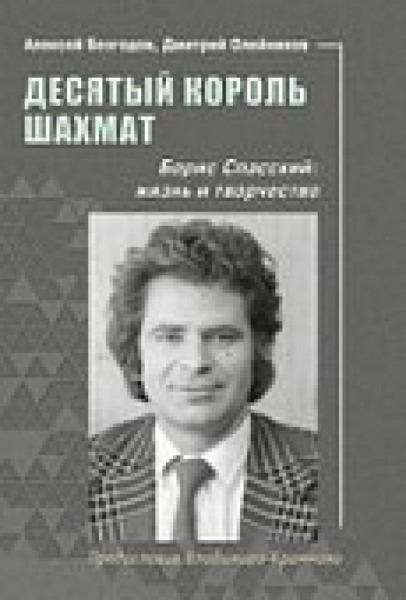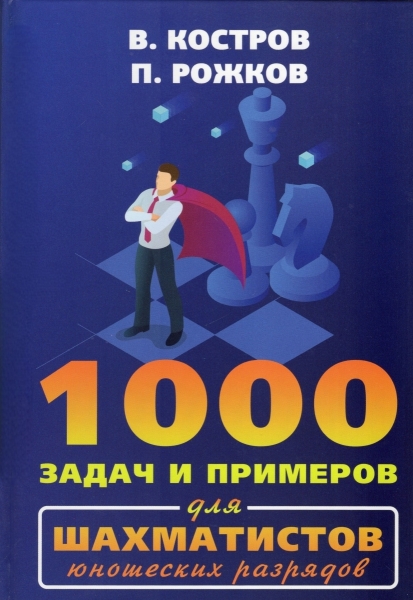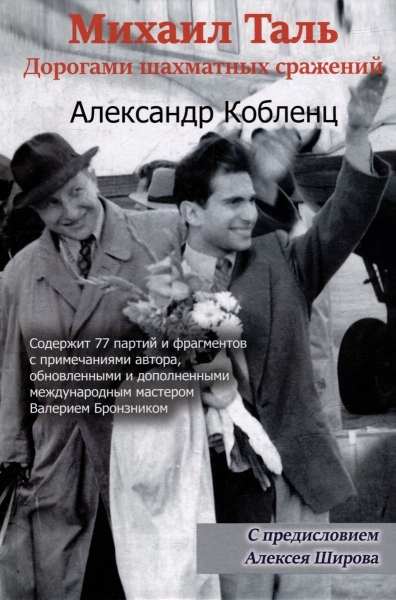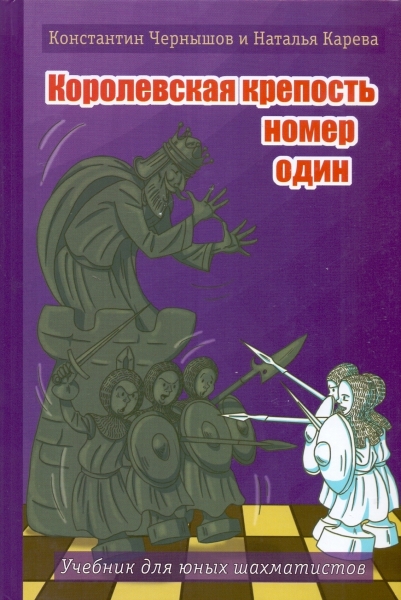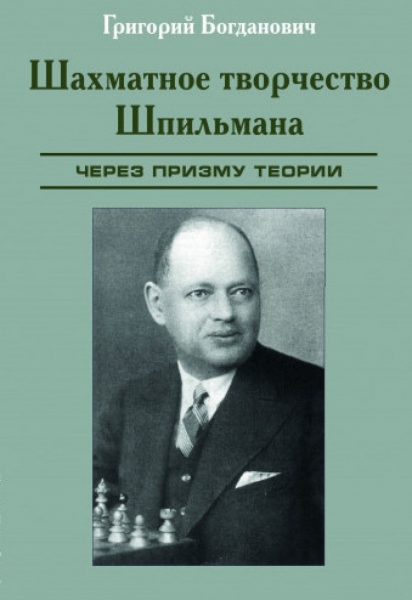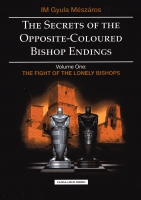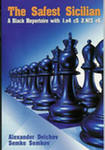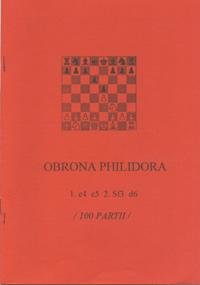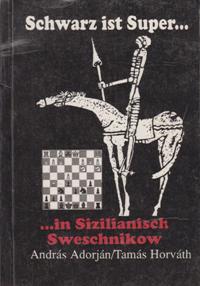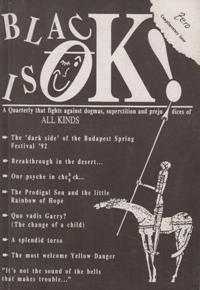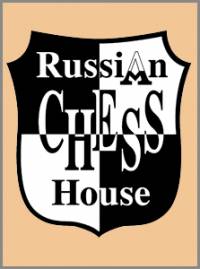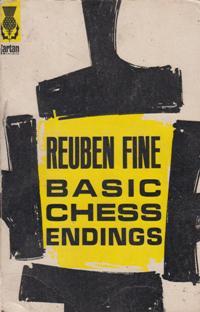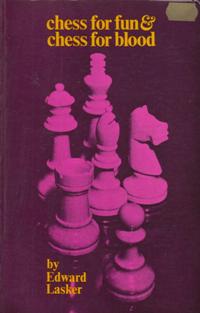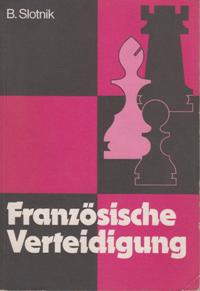Теория дебютов
- Сортировка:
- от дорогих
- от дешевых
- новые поступления
- названия
- автор
-
Dear reader, you are holding the first part of a two-volume work in your hands. I'd like to lead you to a world mysterious and unknown even to trained chess players, in fact, more or less to grandmasters. I trust that reading this book will give you not only joy and entertainment but it will also help you to understand these extremely interesting and exiting endgames. Furthermore, I hope that as as result, later on you will be able to successfully adopt in practice all that you learn from this book. The topics are the following: The three positions of the introductory part shed light on what urged me to deal in such minuteness of detail with opposite-coloured bishop endings. In the basic positions I arranged in a row the most important types of positions of connected and split pawns, the self-confident knowledge of which is essential to be able to solve the more complicated, multi pawn positions. In the examples of practical endings you can see all the virtues and errors which spring from the knowledge, or the lack of it, of the rules of opposite-coloured bishop endings. The epilogue supports all that was written , and briefly summarizes the rules. I should like to express my special thanks to my ex-pupil GM Ferenc Berkes for his many and profound analysing work, and for always finding time to discuss any newly arisen, interesting-looking positions with me.
-
GM Delchev once again delved deeply in his pet defence and came up with several improvements and new ideas. You can expect added material and major revisions in the following variations: • English Attack vs the Taimanov • Classical System with 6.Be2 • System with Ld3 and Le3 • Alapin Variation 3.c3 The Bulgarian GM Delchev (current Elo 2661) proposes a sound yet aggressive Black Sicilian repertoire, based on the Taimanov system: 1.e4 c5 2.Nf3 e6 3.d4 cd4 4.Nd4 Nc6 5.Nc3 Qc7. As Black, it is extremely difficult to get a playable position without accepting extreme risks. This book deals with reliable positional systems which will serve you for many years, without having to update your opening knowledge every two weeks. This setup is especially effective against the dreaded English attack. The author is one of the world’s leading experts in that field and his recommendations are based mostly on his own games. Without hiding back his secrets, Delchev reveals many new ideas and novelties in his pet line. The authors pay also attention to White’s deviations from the Open Sicilian. There are chapters about 3.c3, 3.d3, 3.Nc3, 3.b3, 3.c4 and other rare lines. The book features a new form of presentation. Every system is examined in a separate part which contains three chapters: “Quick Repertoire”; “Step by Step”; “Complete Games”. You start with the “Quick Repertoire”. You’ll find there all the vital information that you need to start playing the variation. “Step by Step” chapters follow the usual layout of Chess Stars books with main lines that branch to sub-lines. Finally, every part ends with “Complete Games”.
-
Dangerous Weapons is a series of opening books which supply the reader with an abundance of hard-hitting ideas to revitalize his or her opening repertoire. In this book, three opening experts team up and take a contemporary look at the Ruy Lopez, one of the most popular chess openings. Instead of analysing the well-trodden main lines they concentrate on fresh or little-explored variations, selecting a wealth of ‘dangerous’ options for both colours. Whether playing White or Black, a study of this book will leave you confident and fully-armed, and your opponents running for cover!
-
American IM Cyrus Lakdawala loves the Scandinavian, and it shows. He focuses on popular lines with 3...Qd6 and presents a reliable repertoire in which White has problems to open the position, lacks specific targets and quite often cannot resist Black's tempting invitation to overreach.
-
-
-
Basic Chess Endings (abbreviated BCE) is a book on chess endgames which was written by Grandmaster Reuben Fine and originally published on October 27, 1941. It is considered the first systematic book in English on the endgame phase of the game of chess. It is the best-known endgame book in English and is a classic piece of chess endgame literature. The book is dedicated to World Champion Emanuel Lasker, who died in 1941 (the year the book was published). It was revised in 2003 by Pal Benko.
-
Chess as art and recreation; checkmating combinations, endgame play, strategic principles, more. Full details and analysis of author's famous game with Emanuel Lasker. 94 diagrams; other illustrations. "Very enjoyable." — Cleveland Chess Bulletin.
-
Zum ersten Mal wird die Eröffnung, die mit dem Zug 1. … e6 als Antwort auf 1. E4 beginnt, schon im ersten gedruckten Schachbuch – dem Traktat von Lucena – erwähnt, das in Spanien 1497 erschien.
-
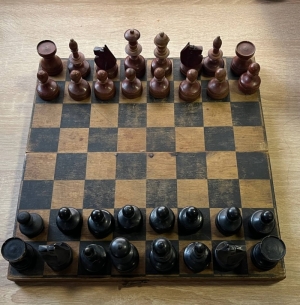 Старинные дореволюционные деревянные шахматы
7500.00 руб.
Старинные дореволюционные деревянные шахматы
7500.00 руб.
-
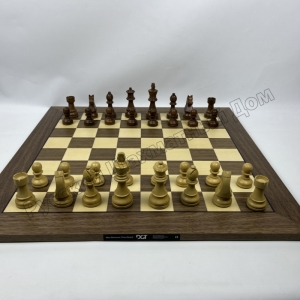 Набор DGT Timeless деревянные шахматные фигуры ручной работы с деревянной нескладной доской
24000.00 руб.
Набор DGT Timeless деревянные шахматные фигуры ручной работы с деревянной нескладной доской
24000.00 руб.
-
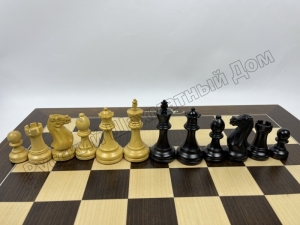 Набор DGT Юдит Полгар фигуры в шкатулке с нескладной доской (Judit Polgar)
32500.00 руб.
Набор DGT Юдит Полгар фигуры в шкатулке с нескладной доской (Judit Polgar)
32500.00 руб.
-
 DGT Нескладная доска из орехового дерева (55х55 см)
12000.00 руб.
DGT Нескладная доска из орехового дерева (55х55 см)
12000.00 руб.
-
 DGT Роскошная нескладная доска Judit Polgar (55х55 см)
13000.00 руб.
DGT Роскошная нескладная доска Judit Polgar (55х55 см)
13000.00 руб.
-
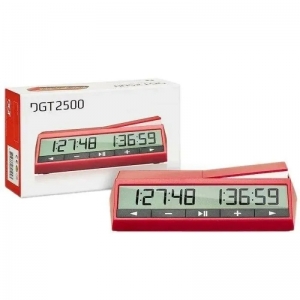 Шахматные часы электронные DGT 2500
7500.00 руб.
Шахматные часы электронные DGT 2500
7500.00 руб.
-
 Шахматы пластиковые DGT c утяжелителем. (стаунтон 5) (высота короля 88 мм) (Голландия)
1600.00 руб.
Шахматы пластиковые DGT c утяжелителем. (стаунтон 5) (высота короля 88 мм) (Голландия)
1600.00 руб.
-
 Шахматные часы электронные DGT 1002 BONUS (Голландия)
3300.00 руб.
Шахматные часы электронные DGT 1002 BONUS (Голландия)
3300.00 руб.
-
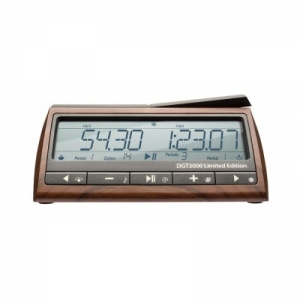 Шахматные часы DGT 3000 Limited Edition (Голландия)
9500.00 руб.
Шахматные часы DGT 3000 Limited Edition (Голландия)
9500.00 руб.
-
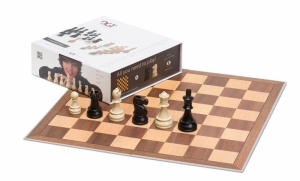 Подарочный шахматный стартовый набор DGT Grey Chess (доска, фигуры) (Голландия)
3500.00 руб.
Подарочный шахматный стартовый набор DGT Grey Chess (доска, фигуры) (Голландия)
3500.00 руб.
 Русский
Русский  Английский
Английский 